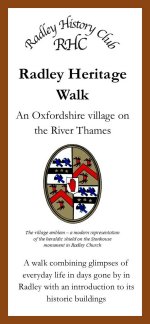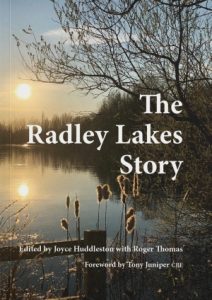The speaker on 14 April was Katherine Bradley, who described how the path for women in professional gardening evolved significantly thanks to several pioneering figures. While traditionally seen as a domestic pursuit, individuals like Jane Loudon in the mid-19th century played a crucial role by writing and illustrating accessible gardening guides specifically for women, popularising the activity and laying the groundwork for greater involvement in gardening and horticulture.
Towards the late 19th and early 20th centuries, true professionalisation began. Fanny Wilkinson became Britain’s first professional female landscape gardener, notably designing public spaces for the Metropolitan Public Gardens Association, proving women could undertake large-scale, public horticultural work. Simultaneously, Gertrude Jekyll, an influential garden designer, writer, and artist, elevated garden design through her sophisticated planting schemes and collaborations, becoming a highly respected professional whose work demonstrated the artistic and technical possibilities for women in the field.
Early horticultural colleges for women included the Glynde School for Lady Gardeners and Swanley Horticultural College. Recognising the need for formal training, Daisy, Countess of Warwick, used her influence and resources to establish horticultural colleges for women, such as Studley College after an earlier trial in Reading, providing structured pathways into professional careers. Building on this foundation, Beatrix Havergal, along with Avice Sanders, founded the renowned Waterperry Horticultural School for Women in 1932. Waterperry became famous for its rigorous, practical training, producing highly skilled female gardeners and establishing a benchmark for professional horticultural education for women.
Collectively, these women – through popularisation, pioneering professional practice, influential design, patronage of education and dedicated training – challenged societal norms, broke down barriers and established credible pathways for women to pursue and succeed in professional gardening careers, fundamentally shaping the landscape for future generations.

